Pomegranate Leaf Curl: Why Pomegranate Tree Leaves Are Curling
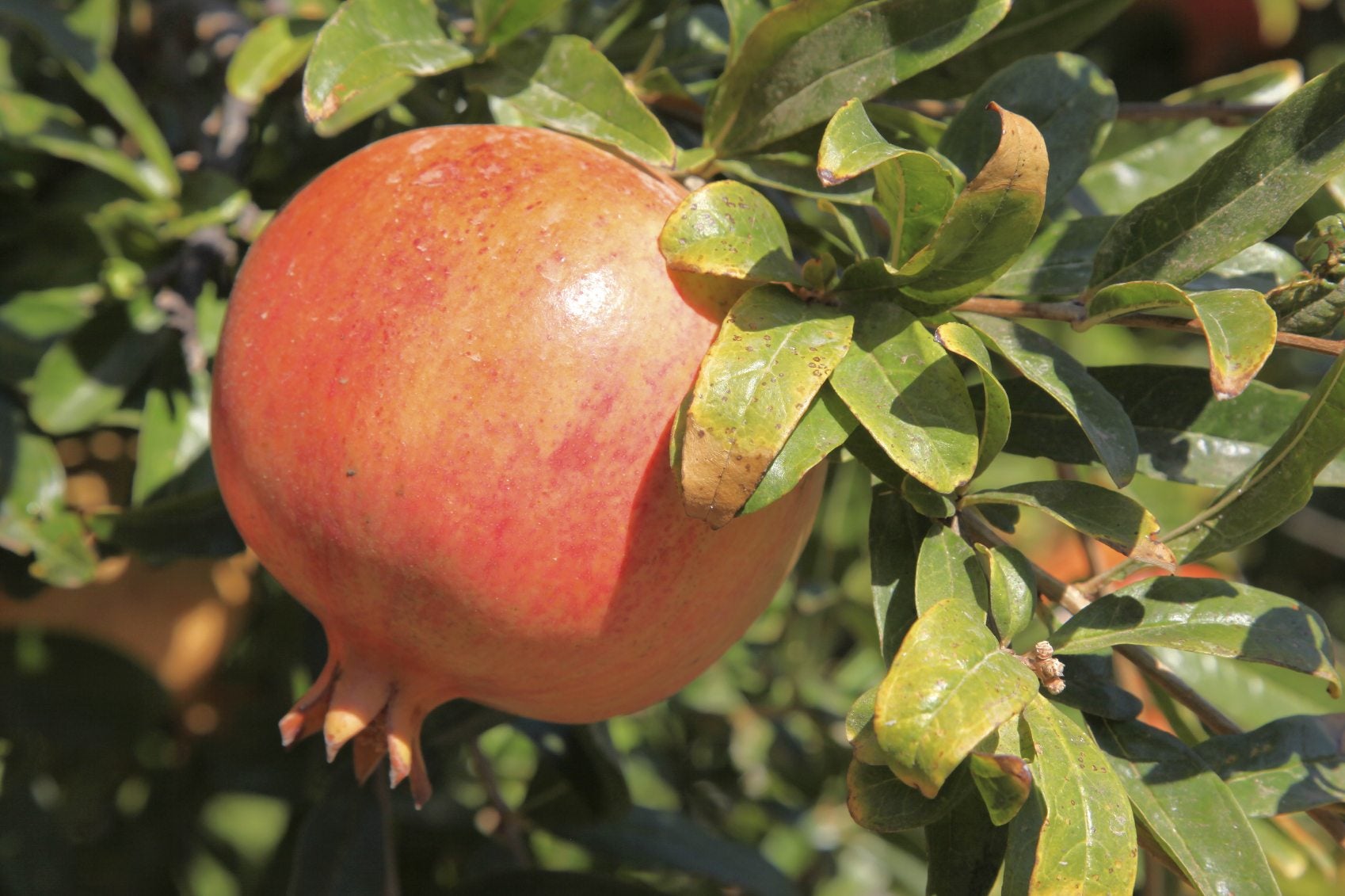

If you’re lucky enough to grow pomegranate trees where you are, you may occasionally see leaf curling. Several insects and disorders can cause pomegranate leaf problems. Find out why the leaves curl on pomegranates and what you can do about it in this article.
Pests That Cause Pomegranate Leaf Curl
Small, sucking insects are a common cause of curling pomegranate leaves and include:
These insects feed on the sap in the leaves, and as they remove the sap, the leaves curl. The little insects also secrete a sweet, sticky substance called honeydew, which quickly becomes infested with black sooty mold. If your pomegranate tree leaves are curling, look for spots of black sooty mold to determine whether these insects are the cause. In a healthy environment where you haven’t used insecticides, there are a number of natural enemy insects to keep the small pest insects in check, so the damage will be minimal. Toxic insecticides are much more effective against beneficial insects than against pest insects. As a result, toxic insecticides make problems with whiteflies, aphids, mealybugs, and scale insects even worse. If you don’t have enough naturally occurring beneficial insects, you can buy them for release onto your pomegranate tree. Good choices include lacewings, lady beetles, and syrphid flies. If they aren’t available locally, you can order beneficial insects on the Internet. Another control option is to spray the tree with horticultural oils, insecticidal soaps, or neem oil. These insecticides aren’t as harmful to the natural enemies and do a good job of controlling pest insects if you catch them while they are young. The drawback is that they only kill insects when they come into direct contact. You’ll have to coat the leaves completely and reapply a few times to get the pests under control. Another insect that causes pomegranate leaf curl is the leafroller. These insects are moth larvae that roll themselves up inside leaves and then secure them with silk webbing. They are heavy feeders, and they can completely defoliate a tree if there are enough of them. They have several natural enemies, including tachinid flies, which are available commercially. It is hard to spray leafrollers with insecticides because they are hidden inside the leaves. You might have success with Bacillus thuringiensis (Bt), which sticks to the leaves and kills the caterpillars when they eat the leaves. Bt isn't harmful to birds that eat the caterpillars.
Other Reasons for Curling Pomegranate Leaves
Additionally, if there is a deficiency of calcium, ammonium, or magnesium, this might cause the leaf tips to turn brown and curl sharply downward. If the tips of the leaves discolor and curl into a hook shape, try using a fertilizer that contains micronutrients. If the fertilizer doesn’t solve the problem, your cooperative extension agent may be able to help you diagnose the deficiency.
Gardening tips, videos, info and more delivered right to your inbox!
Sign up for the Gardening Know How newsletter today and receive a free copy of our e-book "How to Grow Delicious Tomatoes".

Jackie Carroll has written over 500 articles for Gardening Know How on a wide range of topics.
-
 Looking For Plants To Give You The Soft And Fuzzies? Try These 5 Fuzzy Leaf Plant Options
Looking For Plants To Give You The Soft And Fuzzies? Try These 5 Fuzzy Leaf Plant OptionsLovers of texture, drama, silver foliage and tactile plants will adore these special sensory garden additions. These fuzzy leaf plant options will leave you all aglow
By Susan Albert
-
 Get Ready For A Summer Of Hummers! Grow These Full Sun Hummingbird Plants and Flowers
Get Ready For A Summer Of Hummers! Grow These Full Sun Hummingbird Plants and FlowersIf you’re lucky enough to enjoy a sunny backyard, make sure you are maxing out on your pollinator opportunities and grow these full sun hummingbird plants and flowers
By Tonya Barnett
-
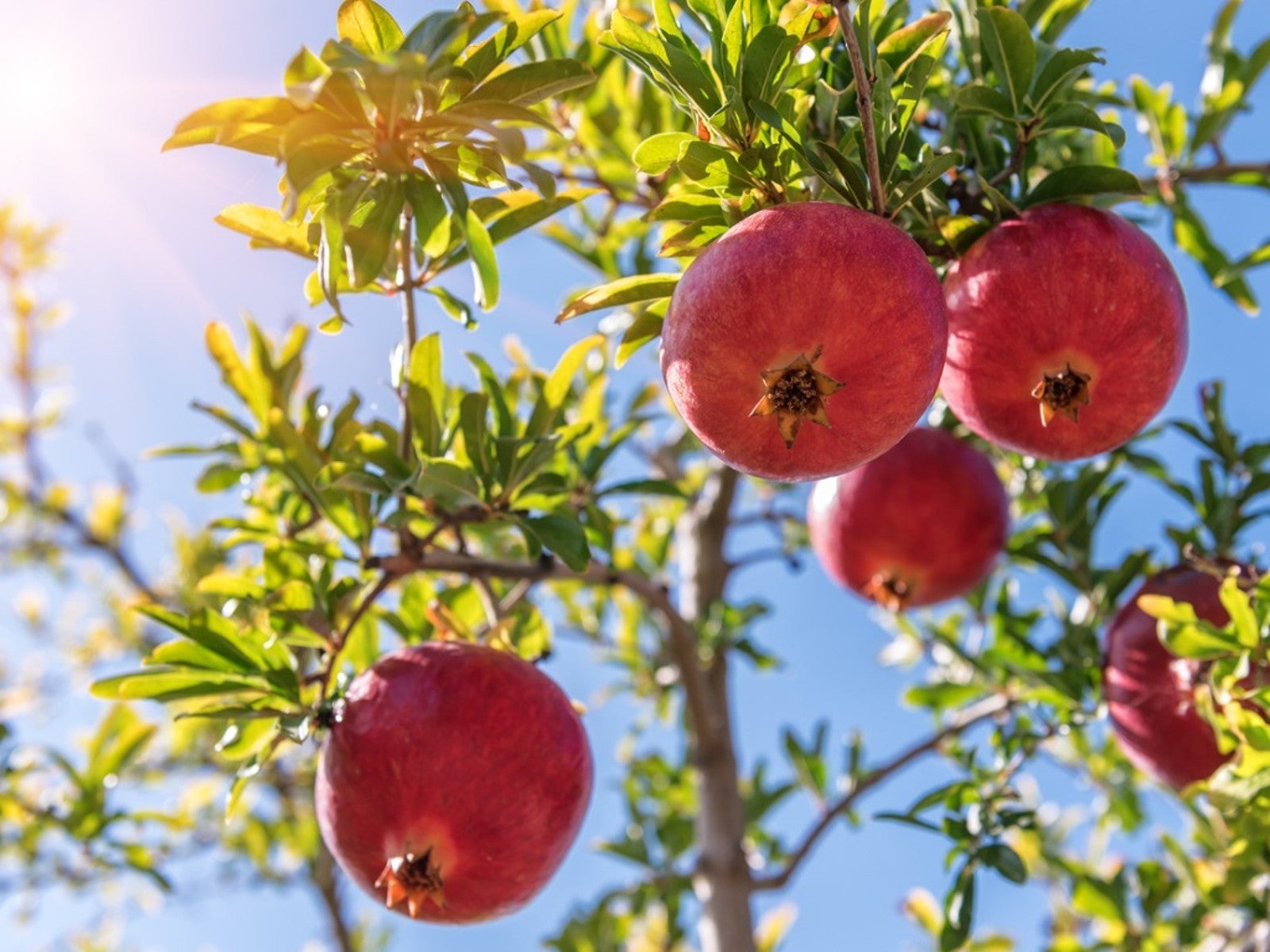 Replanting Container Grown Pomegranate – Tips On Transplanting Potted Pomegranates Outside
Replanting Container Grown Pomegranate – Tips On Transplanting Potted Pomegranates OutsideIt’s pretty easy to transplant a potted pomegranate outdoors. Click for more information on moving a potted pomegranate.
By Teo Spengler
-
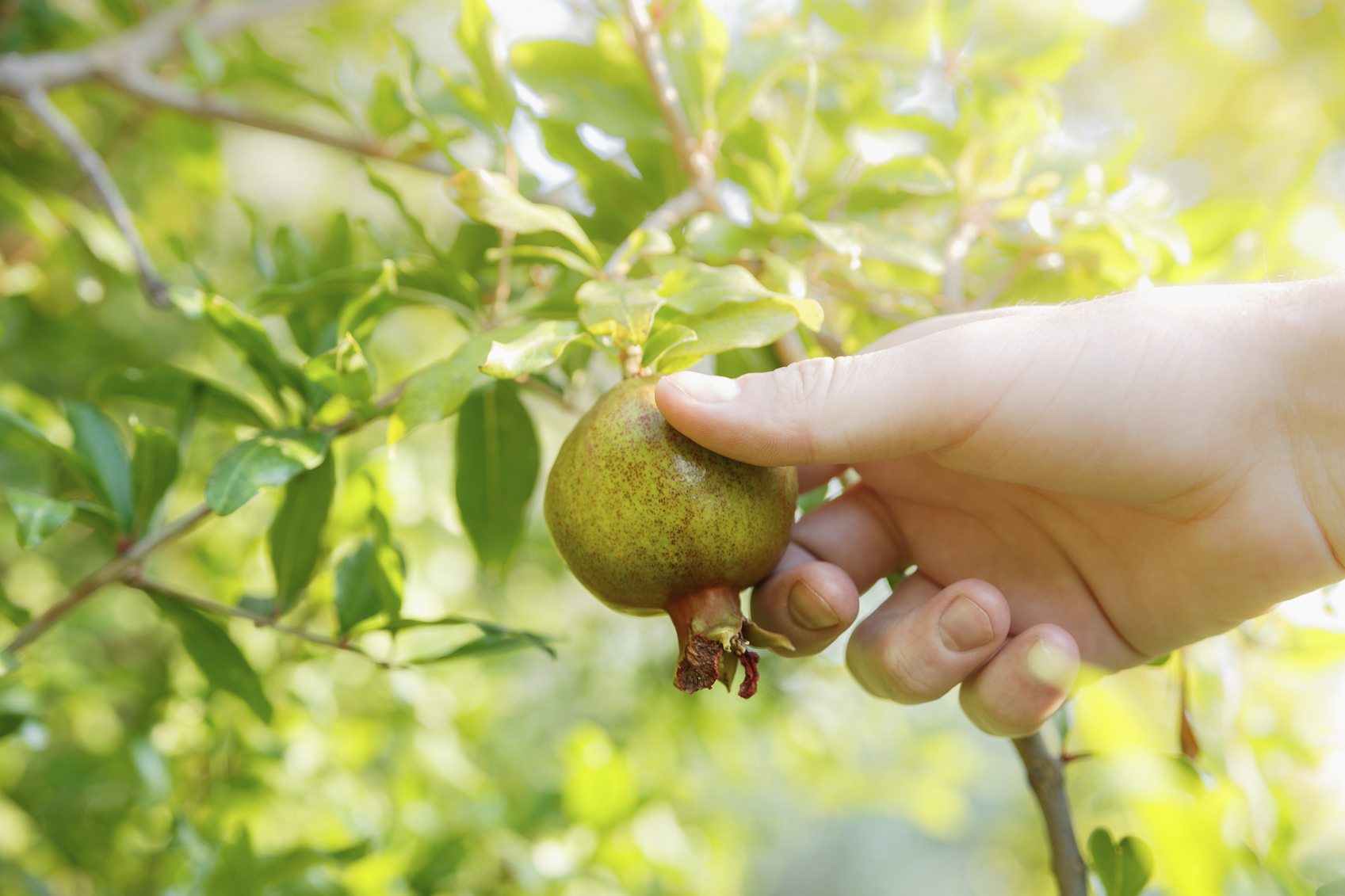 Picking Pomegranates – Learn About Harvesting Pomegranate Fruit
Picking Pomegranates – Learn About Harvesting Pomegranate FruitPomegranates have become so popular that many people in USDA zones 7-10 are trying their hand at growing and picking their own pomegranates. So how and when do you harvest pomegranates? Click this article to learn more.
By Amy Grant
-
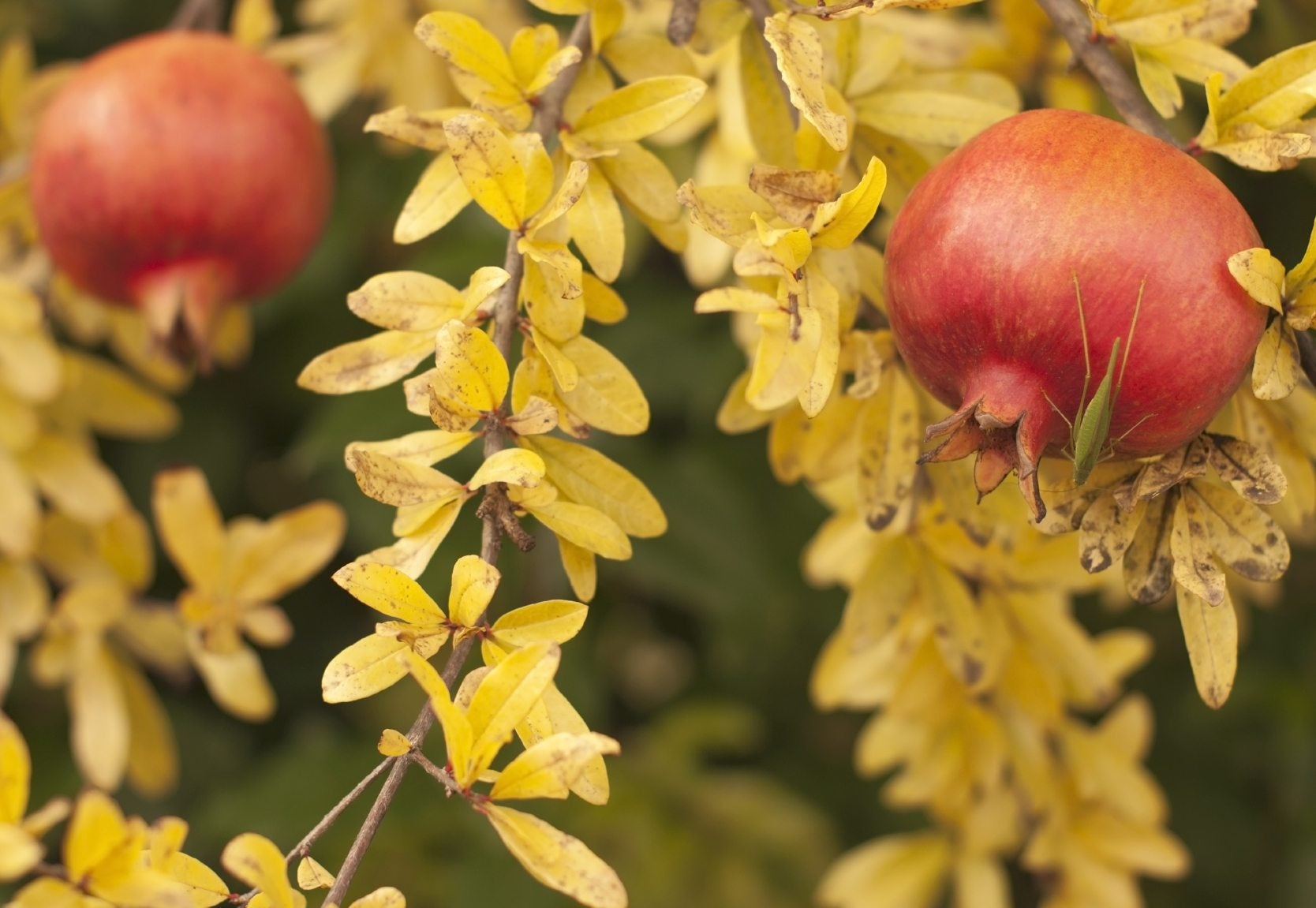 Yellowing Leaves On Pomegranate: Why Pomegranate Leaves Turn Yellow
Yellowing Leaves On Pomegranate: Why Pomegranate Leaves Turn YellowGrowing a pomegranate tree can be a rewarding experience filled with delicious fruits and beautiful juice, but growing these fruit trees isn't all paradise. If your plant is looking a little off, with yellowing leaves, click here to learn how to save it.
By Kristi Waterworth
-
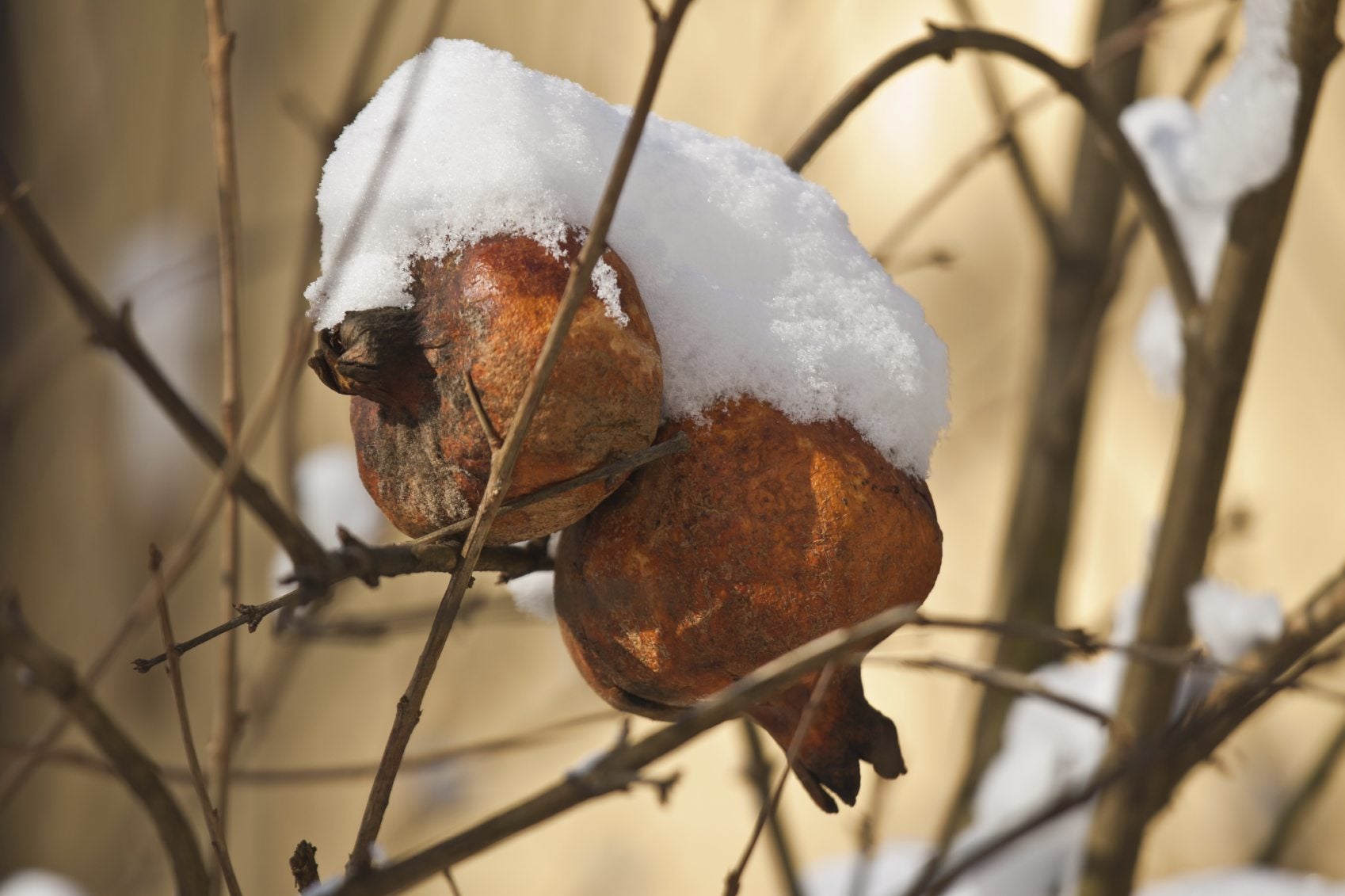 Pomegranate Winter Care: How To Care For Pomegranate Trees In Winter
Pomegranate Winter Care: How To Care For Pomegranate Trees In WinterPomegranates hail from the far eastern Mediterranean so as you may expect they appreciate plenty of sun and should be protected in the winter time. How do you go about overwintering pomegranate trees? Find out in this article.
By Amy Grant
-
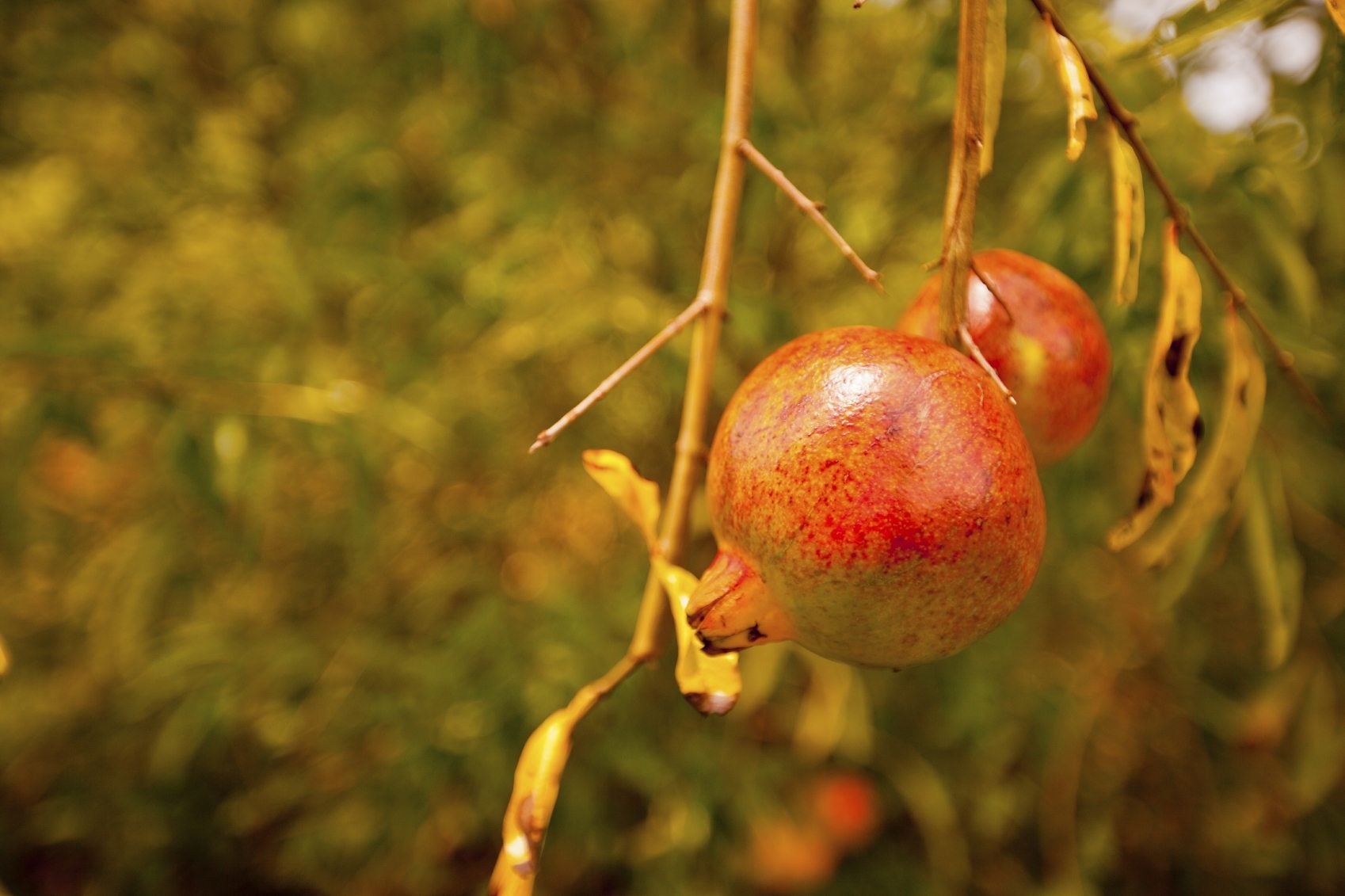 Pomegranate Tree Leaves Falling Off: Why Do Pomegranate Trees Lose Leaves
Pomegranate Tree Leaves Falling Off: Why Do Pomegranate Trees Lose LeavesPomegranates are typically grown for their fleshy, sweet-tart edible fruits. That being said, pomegranate leaf loss can be a frustrating problem for many gardeners. Click on the article that follows to learn why this happens.
By Karen Boness
-
 Pomegranate Tree Pruning – Learn About The Cutting Of Pomegranates
Pomegranate Tree Pruning – Learn About The Cutting Of PomegranatesIt is important to prune pomegranate trees properly if you want to increase fruit production and maintain an attractive form. Unfortunately, these two goals are in conflict. Learn more about pruning pomegranates in this article.
By Karen Boness
-
 Propagating Pomegranate Trees: How To Root A Pomegranate Tree
Propagating Pomegranate Trees: How To Root A Pomegranate TreeGrowing a pomegranate tree from cuttings is cost-free and relatively easy. Find more information about how to root a pomegranate tree from pomegranate tree cuttings in the article that follows. Click here to learn about pomegranate propagation.
By Teo Spengler
-
 Problems Of Pomegranates: Learn About Diseases In Pomegranate
Problems Of Pomegranates: Learn About Diseases In PomegranatePomegranate fungal diseases are a common issue in plants grown in wet regions. Other diseases in pomegranate are rarer and not permanently damaging to the tree. Learn the problems of pomegranates in this article. Click here for more info.
By Jackie Carroll